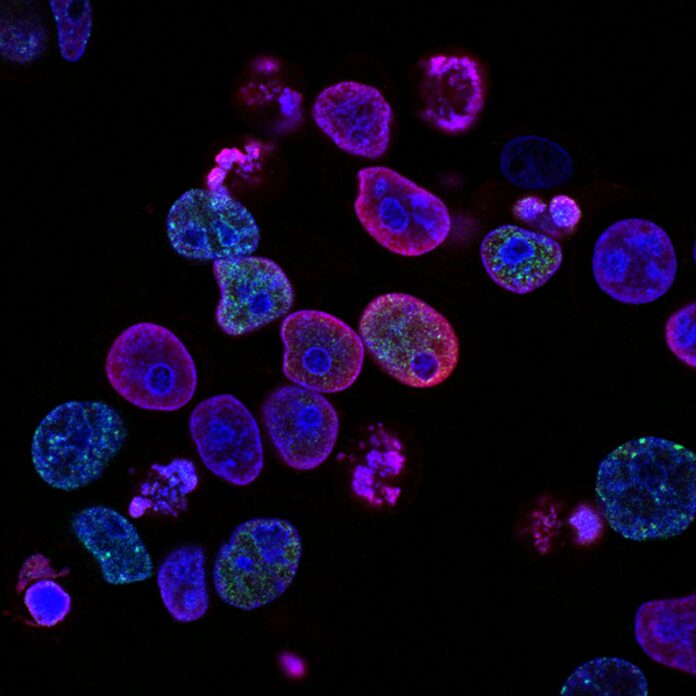In 1988, a group of scientists from the University of Michigan decided to explore a phenomenon called cavitation – the formation of microbubble clouds between tissues – which was formerly understood as a side effect that occurs when ultrasonic waves come in contact with tissues. They believed that this phenomenon had therapeutic potential, due to the mechanical energy it produced. So, they got to work figuring out how to control it.
Finally, in 2002, a breakthrough occurred. Dr. Zhen Xu, the scientist involved in determining the ultrasound pulse sequence needed to generate cavitation sat and saw a cloud of smoke coming out from the tissue she was experimenting on. And there was a hole in it.
They had created a technique called histotripsy, or “crushing of tissue”, as founding team member, Dr. J. Brian Fowlkes explains. It is a new type of ablative therapy.
Histotripsy
Ablative cancer therapies are non-invasive treatments used to kill tumor cells. There are many different types of this treatment, including radio, laser, and thermal ablation. However, these treatments usually need a lot of equipment for tumor visualization and cannot remove the cancerous tissue completely.
According to the University of Michigan, this is not the case with histotripsy. The ultrasonic pulse therapy does not stop at necrotizing the tissue like other forms of ablation do. It also turns it into an “acellular soup” that the body can easily eliminate. Also, it doesn’t even need extra equipment: you can easily see the bubbles on the ultrasound monitor.
The technology is now being commercialized by a University of Michigan start-up called HistoSonics. Having developed the equipment and process further, HistoSonics is now sponsoring a trial to determine the safety and efficacy of histotripsy treatment on liver cancer patients. The trial will be held at 8 hospitals around the US, including the University of Michigan.
According to the press release, the #HOPE4LIVER trial will focus on eliminating primary and metastatic liver cancer through histotripsy.
Mishal Mendiratta-Lala, M.D., interventional radiologist and principal investigator at the University of Michigan trial.
“We are very excited to help move this technology out of the laboratory and into a clinical trial where we can evaluate its safety and efficacy for patients. Preclinical models have been very encouraging regarding the technology’s ability not only to destroy tumors non-invasively but also to stimulate the body’s immune response to cancer.” –
Source: University of Michigan
https://labblog.uofmhealth.org/health-tech/ultrasound-technology-developed-at-u-m-now-clinical-trials-for-liver-cancer




